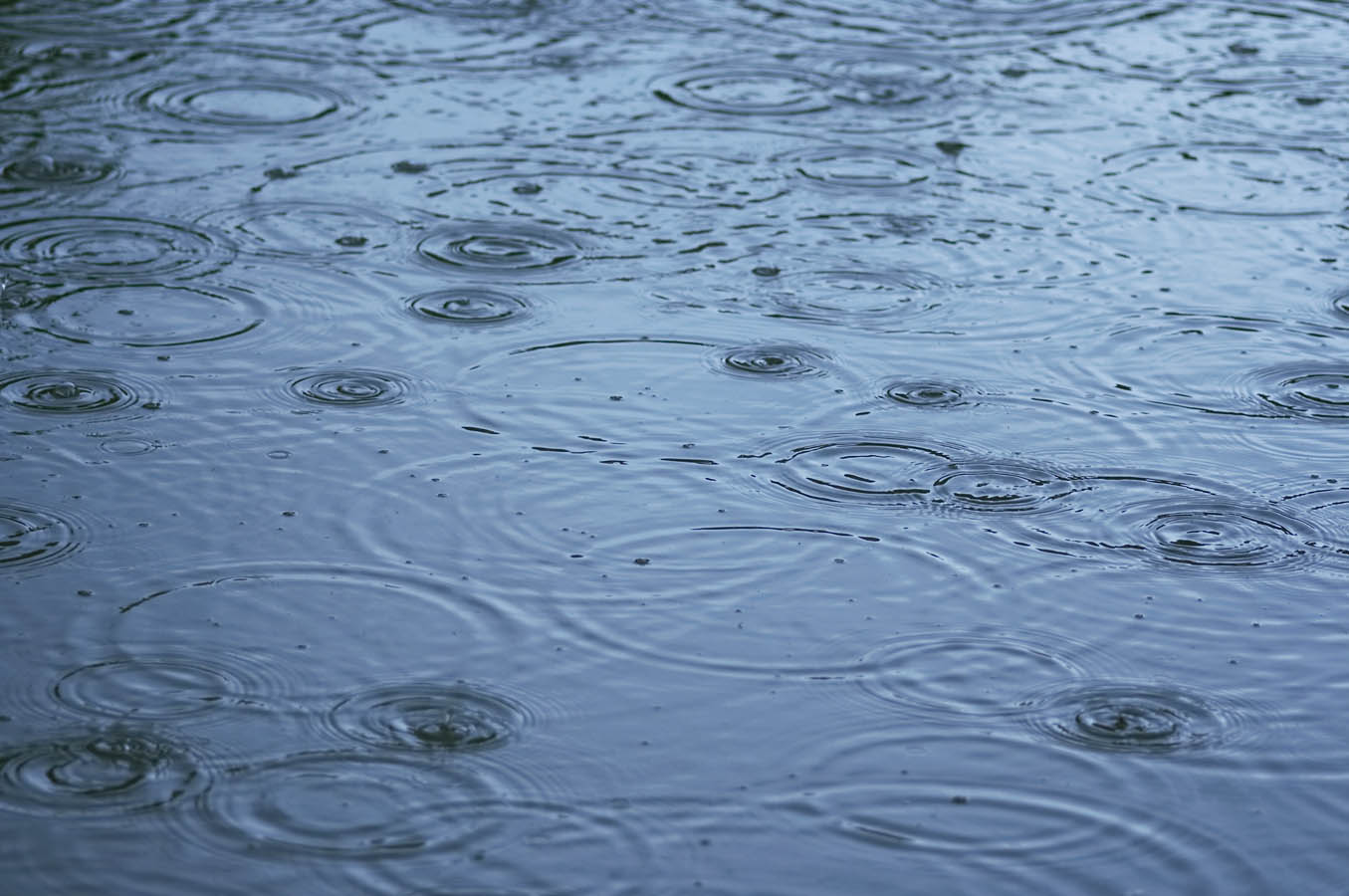-
Subsidies of up to CZK 45 000
-
Financing at our branch with zero cash
-
An eco-friendly solution that saves monthly water costs

How Rainwater Harvesting Works
The rain flows through the gutters from the roof and then travels through the pipes to the tank. Coarse dirt filters - so-called rain hoppers - are installed at the outlet of the gutters in the case of domestic water use.
The water is fed into the tank through a pipe leading to the bottom. This reduces the swirling of the water and speeds up the settling of heavier particles such as sand. The lighter particles (pollen or dust) float to the surface, where they remain until the sump is full, after which they are washed down through the overflow with the excess water into the sewerage system or into the intake structure.
When the tank is overfilled, the water flows out from the siphon overflow through a non-return valve. The required water is extracted by means of a floating basket with a filter strainer, which draws clean water about 15 centimetres below the upper surface. The pump switches to suction from the buffer tank when there is insufficient rainwater in the tank. The water is transported from the replenishment unit through pipes to the appliances. All is controlled by an electronic unit.
Why Get a Rainwater Harvesting System?
Great Savings on Water Costs
By harvesting rainwater, you are able to save up to 40% of your monthly water costs.
Self Sufficiency
On really hot summer days, the ban on watering gardens and filling swimming pools does not apply to you.
Prevent Limescale Formation
Unlike normal drinking water, rainwater is soft, so no limescale builds up in pipes or appliances when you use it.


